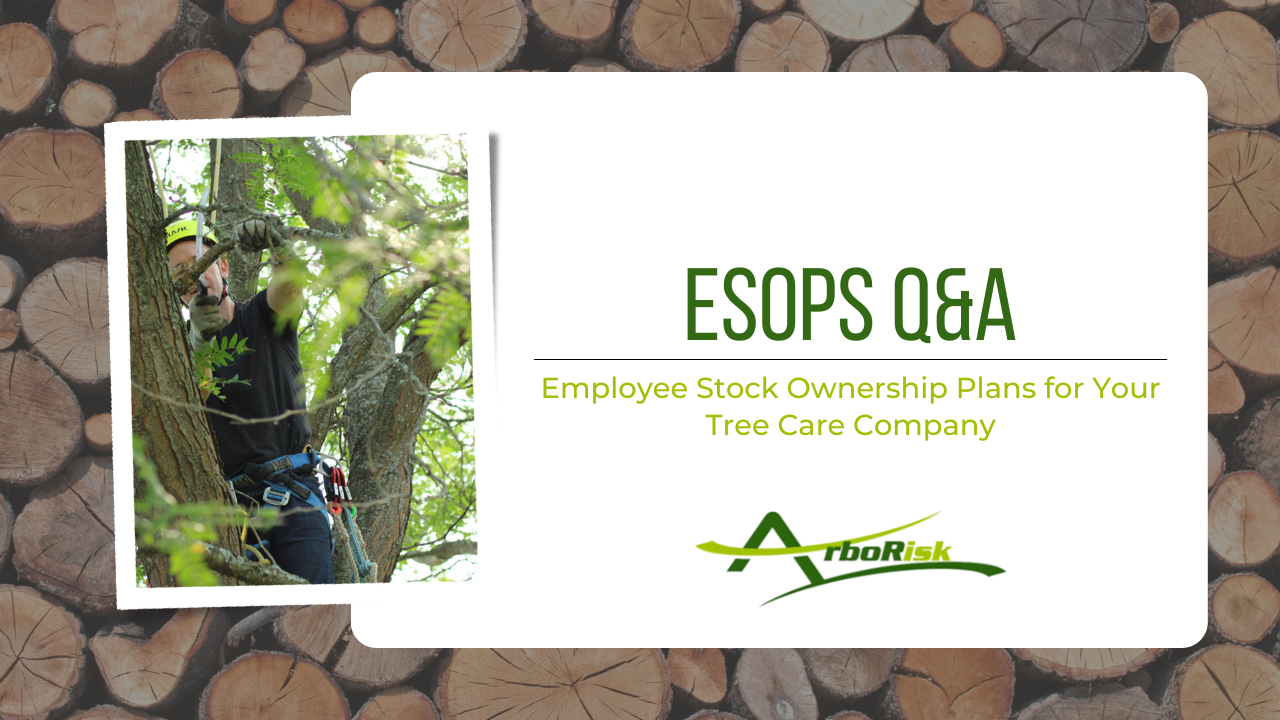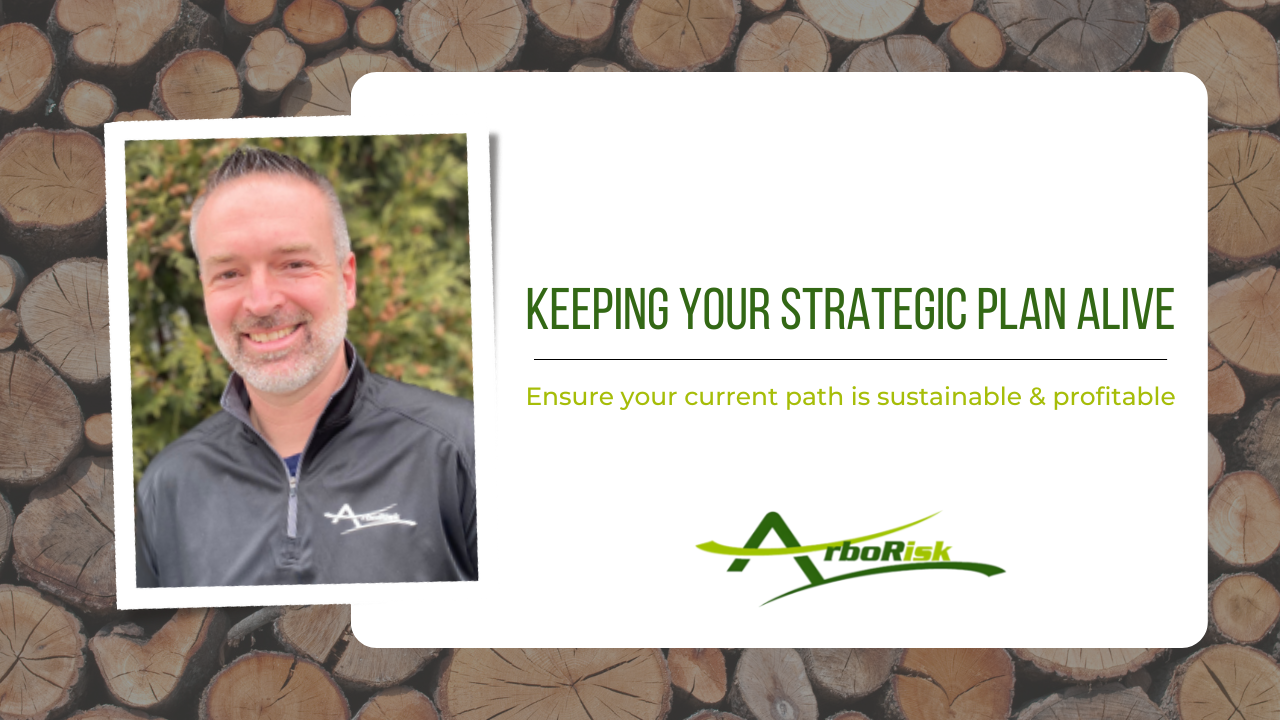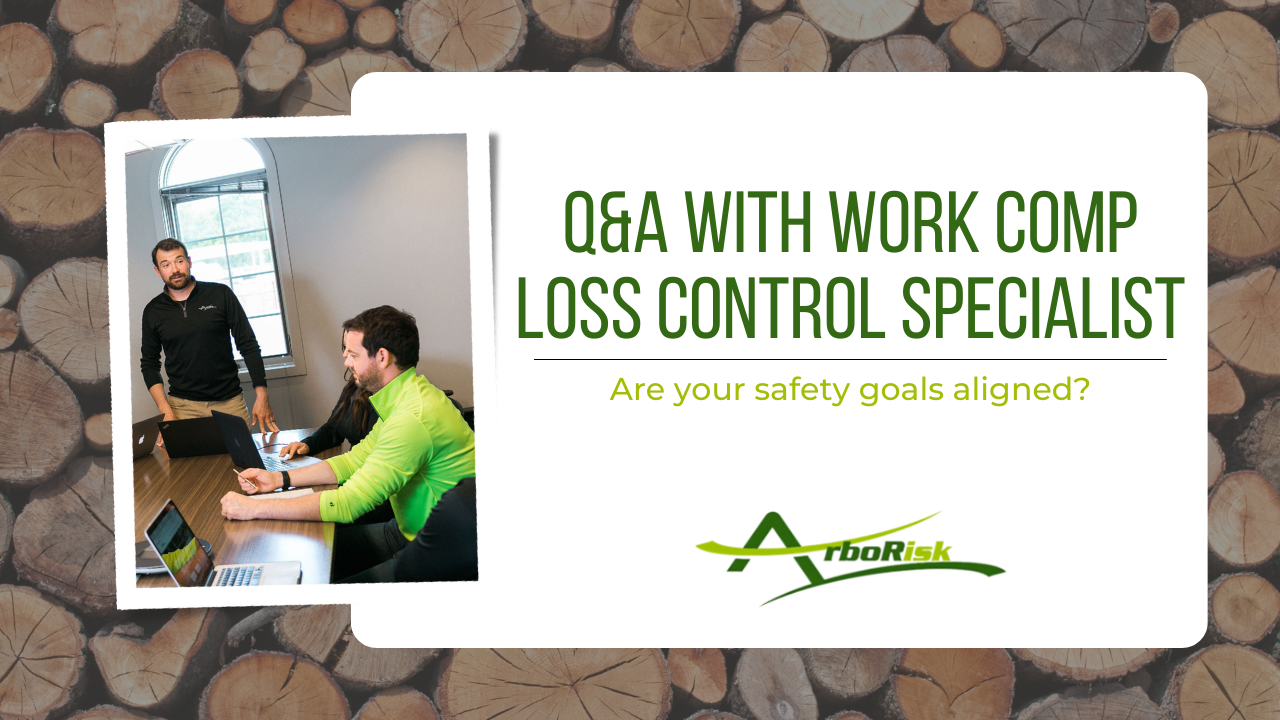Elements of a Business Plan
Elements of a Business Plan
Written by Eric Petersen, CIC
At ArboRisk, we often write about how critical planning and being intentional with your business is. Obviously the more focused you can be, the quicker you will realize your goals, but how does a company stay on track in a sea of opportunity that comes their way?
The easiest way is to create a business plan for you to follow.
In the simplest terms, a business plan is a document that will guide your business through the next three to five years. As an added bonus, a business plan can help you achieve funding from a bank to continue to grow your business.
While every business plan will be unique, there are some common elements that your plan should include. Working though each of these elements allows you to focus on your business and marketplace today and what you envision them both to be in the future.
1. Executive Summary – Even though this is the first section in the business plan, write this section last. The Executive Summary should be just that, a summary of your overall plan and why you are/will be a successful company. It is much easier to do this after you’ve written the other sections. If short on time, the Executive Summary should provide the reader the highlights necessary to understand where the business is heading.
2. Company Description – Start by describing your company structure, its management team and mission for its existence. Explain your organization’s competitive advantages and how your team is unique in delivering your service(s) or producing your product(s). This is the place in the business plan to brag about your business.
3. Services and/or Products – This section represents the chance to go into detail about the actual services and products you sell and the benefit your customers receive from them. Limiting the discussion in your plan to only your top 3 services or products will help you keep your focus on those strengths as a business. All too often, tree care companies get involved with providing so many services they do not become masters of any. It is only when a company specializes in a few select services that they truly provide value to their customers.
4. Marketing and Sales – Nothing happens for your company unless a sale is made. And you won’t make any sales if you don’t have a marketing plan to let people know who you are and the benefits that your company provides for them. This is where you explain your sales process, customer journey and post-project communication with your customers. Analyzing your market (local competitors, customer demographics and regional economics) in this section will transition you nicely to discuss your marketing efforts. Discuss your strategy for reaching your customers in-person and in-print, whether on paper or digitally.
5. Financials – The final section of your plan will include financial numbers. Use either projections on sales and expenses or a summary from the prior two years to explain the financial position of the company. This section presents your chance to request funding and explain where the funds would be directed in the company.
There is no one correct way to write a business plan, but incorporating the above sections into your plan will allow you to create a powerful document for your business to follow. If you are struggling with creating a business plan or setting the strategic direction of your company, sign up today for ArboRisk’s Strategic Planning Package or Business Finance Package.







Recent Comments